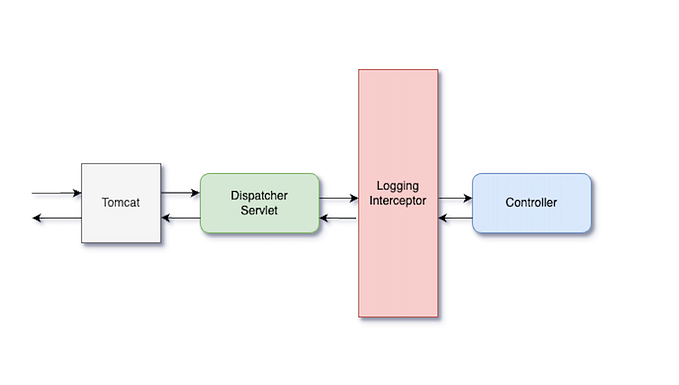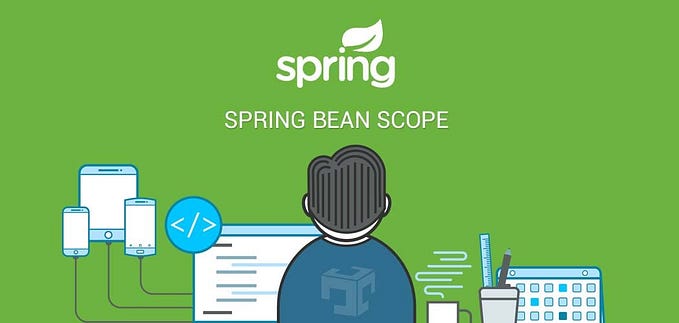Tips to Avoid NullPointerException in Java

In Java, the NullPointerException (NPE) is one of the most common runtime exceptions developers encounter. It occurs when an application tries to use an object reference that is set to null. Since the object doesn't point to any instance in memory, any interaction with it—like calling methods or accessing fields—results in an exception. As trivial as it may seem, preventing NullPointerException can save time and ensure your application runs smoothly. In this story, we’ll explore some effective tips to avoid the NPE in Java.
Why do we encounter it frequently?
Before diving into prevention, it’s essential to understand what leads to a NullPointerException. An NPE occurs in the following situations:
- Calling an instance method on a
nullobject. - Accessing or modifying a field of a
nullobject. - Passing
nullto a method expecting an object parameter. - Using
nullin place of an object in array-like structures.
By understanding where null references could occur, you can avoid introducing null values that shouldn’t be.
1. Use Java’s Built-in Null Handling Tools
a) Optional<T> (Java 8+)
Java introduced the Optional class to handle nullable objects more gracefully. An Optional can either contain a value or be empty (Optional.empty()), which makes it easier to handle null values explicitly.
Example:
Optional<String> name = Optional.ofNullable(getUserName());
// Instead of null checks:
if (name.isPresent()) {
System.out.println(name.get());
} else {
System.out.println("No user found");
}By wrapping nullable values inside Optional, you avoid unexpected null references and can control their flow explicitly.
b) Objects.requireNonNull()
The Objects.requireNonNull() method is a simple way to ensure a reference is not null. If a null value is passed, this method throws a NullPointerException early, helping catch potential bugs during development.
Example:
String userName = Objects.requireNonNull(getUserName(), "User name cannot be null");2. Use Annotations: @NonNull and @Nullable
Many IDEs like IntelliJ IDEA support static code analysis. By using annotations such as @NonNull and @Nullable, you can provide the compiler with extra hints about your code, which helps catch potential null reference issues during compile-time, rather than runtime.
Example:
public String greet(@NonNull String name) {
return "Hello, " + name;
}Annotations, when used effectively, guide the developers on where null values are acceptable and where they are not, improving the overall robustness of your code.
3. Use String.equals() Correctly
The String class has been a source of numerous NPEs for developers. When comparing strings, calling the equals() method on a null reference results in a NullPointerException. A simple way to avoid this is by calling equals() on a constant value rather than a potentially null variable.
Example:
// Avoid this:
if (name.equals("John")) { ... }
// Use this:
if ("John".equals(name)) { ... }This technique avoids NPEs because "John" is never null.
4. Initialize Objects Immediately
When declaring fields, especially in classes, it’s best to initialize them immediately or at least before their first use. Avoiding deferred initialization prevents unintended null references later in the code.
Example:
// Prefer this:
private List<String> names = new ArrayList<>();
// Over this:
private List<String> names; // Can lead to NullPointerException later if not initialized5. Check for Null Early and Often
Whenever you retrieve data from external sources (like a database or an API), there’s always a possibility of receiving null values. It's important to perform null checks early, either before calling methods on the object or when processing data from untrusted sources.
Example:
String userName = getUserName();
if (userName != null) {
System.out.println(userName.toUpperCase());
} else {
System.out.println("User name is missing");
}While this may seem like extra effort, null checks can protect your code from unexpected crashes.
6. Avoid Returning Null from Methods
One common source of NPEs is returning null from methods without proper documentation or handling. If there’s a chance that a method might return null, you should either:
- Return an empty object (like an empty list, string, or
Optional). - Document it well so that the caller knows how to handle the potential null return value.
Example:
// Prefer returning an empty collection over null:
public List<String> getNames() {
return new ArrayList<>(); // Return empty list instead of null
}Returning an empty object instead of null keeping the flow of your application smooth, as the caller can still perform operations on the object safely.
7. Favor Default Values Over Null
In scenarios where default values make sense, initialize your variables with meaningful defaults instead of leaving them null. This is particularly useful for collections and primitive wrapper types (like Integer, Boolean, etc.).
Example:
public class User {
private String name = "Unknown"; // Default value
private int age = 0; // Default value
}By assigning default values, you eliminate the need for multiple null checks later in your code.
Conclusion
NullPointerException is avoidable if the right precautions are taken. By using tools like Optional, null checks, and annotations, you can significantly reduce the chances of encountering NPEs in your code. Furthermore, establishing coding habits like initializing objects early and returning empty objects instead of null ensures a cleaner, more reliable codebase.
By applying these strategies, you can minimize the risk of encountering NullPointerException and write more resilient Java applications.
If you found this story helpful, don’t forget to give it a 👏! Follow me for more insights on Java development.
Happy coding! 🎉








